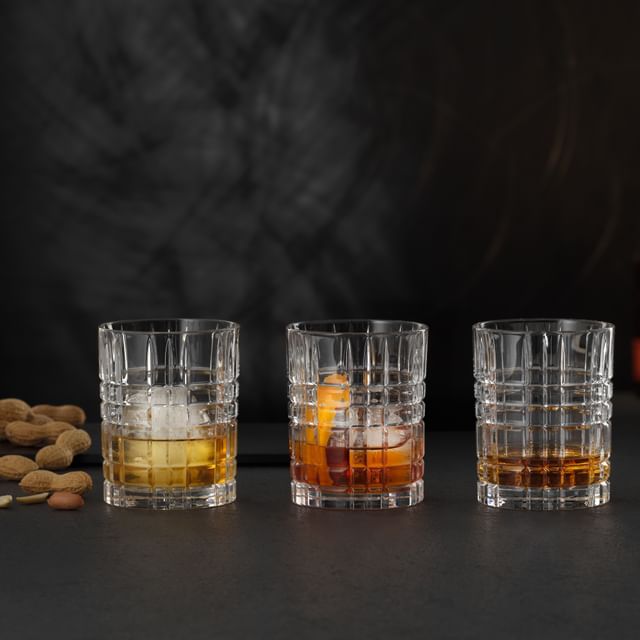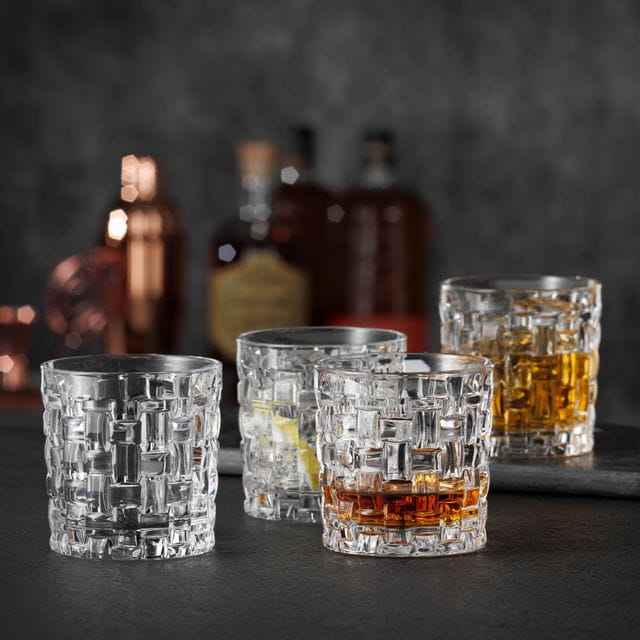An introduction to the pirates’ drink
The realm of rum

Ever wondered why rum is sometimes called the Pirates' drink? Curious about how the likes of white, dark, and spiced rum all differ in production and character? Join us and explore the fascinating history of rum, its modern-day popularity, its wide range of characteristics, and the many different types of rum available today.
What is rum?
Let's begin by defining this popular spirit. Rum is made by fermenting and distilling parts of the sugarcane plant. It is most often made using molasses - a viscous byproduct of the sugar-making process, but it can also be made with pure cane sugar. It is then often aged in wooden casks (usually ex-bourbon American white oak barrels), which is what gives darker rums their color!

Rum's origins through to today
When it comes to rum's origins, there theories that it may go way back, with ancient civilizations supposedly fermenting sugarcane juice and its byproducts. There have also been accounts of rum production or rum-like drinks across various parts of the world from as early as the 14th century. However, when it comes to the style and production method of the rum we know today, we look to the Caribbean during the 17th century.
Sugarcane, originally from Southeast Asia, became a globally traded product during the period when European nations established colonies around the world, resulting in plantations being established in various countries with tropical climates. One such place was the Caribbean, where enslaved people working on sugarcane plantations discovered that molasses, a byproduct of the sugar refining process, could be fermented into alcohol (this is thought to explain the origins of the name 'rum.' 'Rumbullion' is a beverage made from boiling sugar cane stalks, so a popular theory is that 'rum' is simply a shortened version of this name).
This discovery that molasses could ferment got the ball rolling on rum production, and it didn't take long for rum to become a popular trade product. By the late 17th century, rum had become a major part of the infamous triangular trade that linked the Americas, Europe, and Africa since it fared better on the long ocean voyages than the likes of beer, wine, and mead. The Caribbean was a hotbed for pirates during this time, which is what led to rum being known by some as the pirates' drink!
It hasn't been all smooth sailing for rum; its initial popularity in the USA declined due to a disruption in the supply of molasses during the US civil war. As more settlers moved further inland in the USA, it was easier to grow grains than sugarcane, so spirits like whiskey grew in prominence at the expense of rum. Despite the bumps in the road it has encountered, though, rum has enjoyed a renaissance in more recent years thanks to factors like the craft cocktail movement (have a think about some of the world's most famous cocktails, and it hits home how crucial a spirit rum is in the cocktail world!), which rum has benefitted from thanks to its versatility as a spirit. Today, rum is produced in almost every sugar-producing country in the world, although the Caribbean remains dominant, producing over 80% of the world's rum.

Characteristics and styles of rum
We've outlined rum's beginnings and how it became the popular beverage it is today, but what does it taste like?
Many of us might associate rum with rich, sweet qualities, with notes like vanilla coming through, but part of what makes rum so great is its diverse range of flavors and styles. To help illustrate this, here's a quick run-through of different rum styles' appearances and qualities:
- White rum, also known as silver or light rum, is usually aged briefly in barrels before being filtered to remove any color imparted into the rum during aging. The result is clear rum with a light, crisp flavor, usually lacking complexity. These qualities mean white rum isn't often sipped neat, but it is very popular with mixologists and is used in some of the world's best-loved cocktails, such as the mojito and daiquiri – perfect for enjoying from your Nachtmann long drink glass or your Nachtmann Noblesse Cocktail Glass respectively. So, if yummy rummy cocktails are your thing, white rum is probably right up your street!
- Gold rum is aged longer than white rum—typically for around a couple of years—which gives it a richer flavor and a golden hue from the oak barrels it is aged in. These rum styles more commonly exhibit the notes of vanilla, caramel, and oak that are so widely associated with rum. Thanks to its greater complexity, gold rum is often enjoyed neat or on the rocks – ideal for sipping from your Nachtmann tumbler of choice. That said, gold rum is also used in some cocktails, such as rum punch or some mai tai variations.
- Dark rum is aged for even longer than gold rum - usually for a minimum of three years, but it can sometimes be as long as 20 years! This prolonged barrel-aging gives this rum style the deepest flavors, often exhibiting rich notes of molasses, caramel, and spices. Dark rums are perfect for sipping neat from your Nachtmann tumblers to allow you to experience their full expression of flavors, but they are also enjoyed in some classic cocktails, such as the dark and stormy cocktail or the rum old fashioned.
- Spiced rum is infused with spices to give it a distinctive, aromatic profile. Typical spices used in spiced rum include cinnamon, clove, and vanilla. Usually based on gold rum, this style is a favorite in cocktails and can also be enjoyed on its own.
- Flavored rums are infused with fruits, such as coconut, pineapple, or mango. Sweet and aromatic, flavored rums have grown in prominence in recent years, becoming popular choices in tropical cocktails.
It's been quite the journey for rum, going from a happenstance byproduct of sugar production to a beloved global spirit. Whether you prefer the light and crisp notes of a white rum, the rich complexity of an aged rum, or the bold spices of a spiced rum, it's fair to say there's a rum for every palate and occasion.
Locations